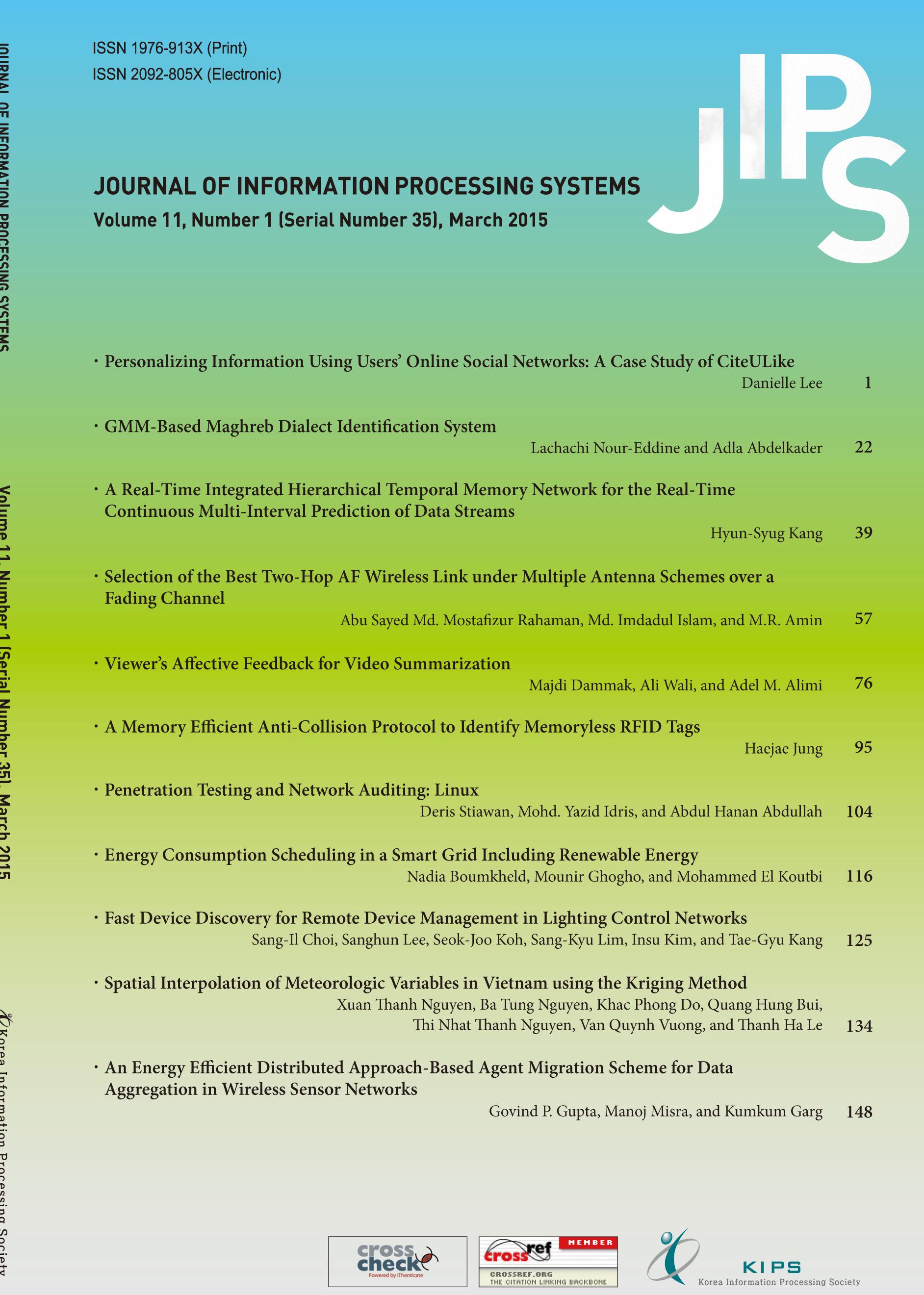IEEE Big Data 2019: Big Data Predictive Maintenance Using Artificial Intelligence
IEEE Workshop Big Data 2019
- URL: http://soc.southalabama.edu/bdpm2019/
- Event Date: 2019-12-09 ~ 2019-12-12
- Submission Date: 2019-10-01
Scheduled maintenance plays a significant role in any product-based industry. As a result, the losses due to unscheduled maintenance are required to be minimized. The losses add immense financial burden to the manufacturers. The losses can occur due to loss of cycle time, cost of lost throughput, yield loss, rework, repair, and maintenance cost. Researchers and practitioners have developed a plethora of preventive maintenance techniques to determine the condition of in-service equipment in order to predict the schedule of maintenance. The predictive maintenance helps in downsizing unplanned shutdowns, thereby increasing equipment availability. Some other potential advantages include increased equipment life time, planned safety, optimal spare part handling, and few accidents with negative impact on environment, thus increasing total profit of the manufacturer. The motivation of organizing this special session is to integrate the ideas of predictive maintenance using machine learning methods and data-driven optimization. Every industry has to work on predictive maintenance to rectify failure before it occurs. In this regard, the main topics of interest of this session are the developments and challenges in bringing the concepts of computer-integrated manufacturing and maintenance strategies. Big data analytics techniques are being applied in every sector including predictive maintenance.
Proposed topics include:
Predictive maintenance using AI, Deep Learning, Machine Learning
Identification of fault diagnosis
Modelling & optimization of processes
Structural health monitoring, condition monitoring, & decision support systems
Uncertainty based predictive maintenance
Time series based predictive maintenance
Soft computing for predictive maintenance
Predictive maintenance with live streaming data
Pre-processing & data analysis, characteristic fault features
Critical manufacturing & industrial system for predictive maintenance
Fault classification & feature selection for system diagnosis
Distributed computing of sub-system maintenance data using Neural Networks and aggregating the results on the system level
For more information, contact:
Ryan Benton rbenton@southalabama.edu
Rituparna Datta rdatta@southalabama.edu
Aviv Segev segev@southalabama.edu
University of South Alabama
Proposed topics include:
Predictive maintenance using AI, Deep Learning, Machine Learning
Identification of fault diagnosis
Modelling & optimization of processes
Structural health monitoring, condition monitoring, & decision support systems
Uncertainty based predictive maintenance
Time series based predictive maintenance
Soft computing for predictive maintenance
Predictive maintenance with live streaming data
Pre-processing & data analysis, characteristic fault features
Critical manufacturing & industrial system for predictive maintenance
Fault classification & feature selection for system diagnosis
Distributed computing of sub-system maintenance data using Neural Networks and aggregating the results on the system level
For more information, contact:
Ryan Benton rbenton@southalabama.edu
Rituparna Datta rdatta@southalabama.edu
Aviv Segev segev@southalabama.edu
University of South Alabama














